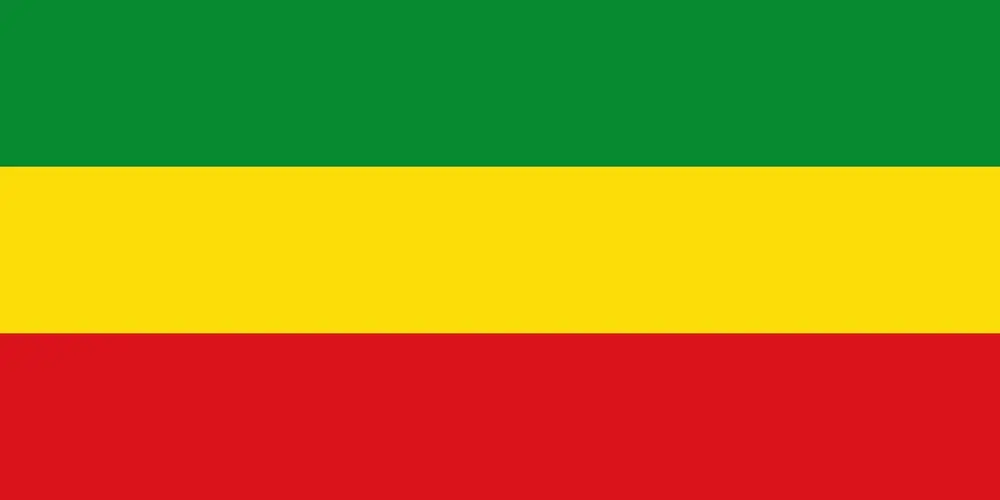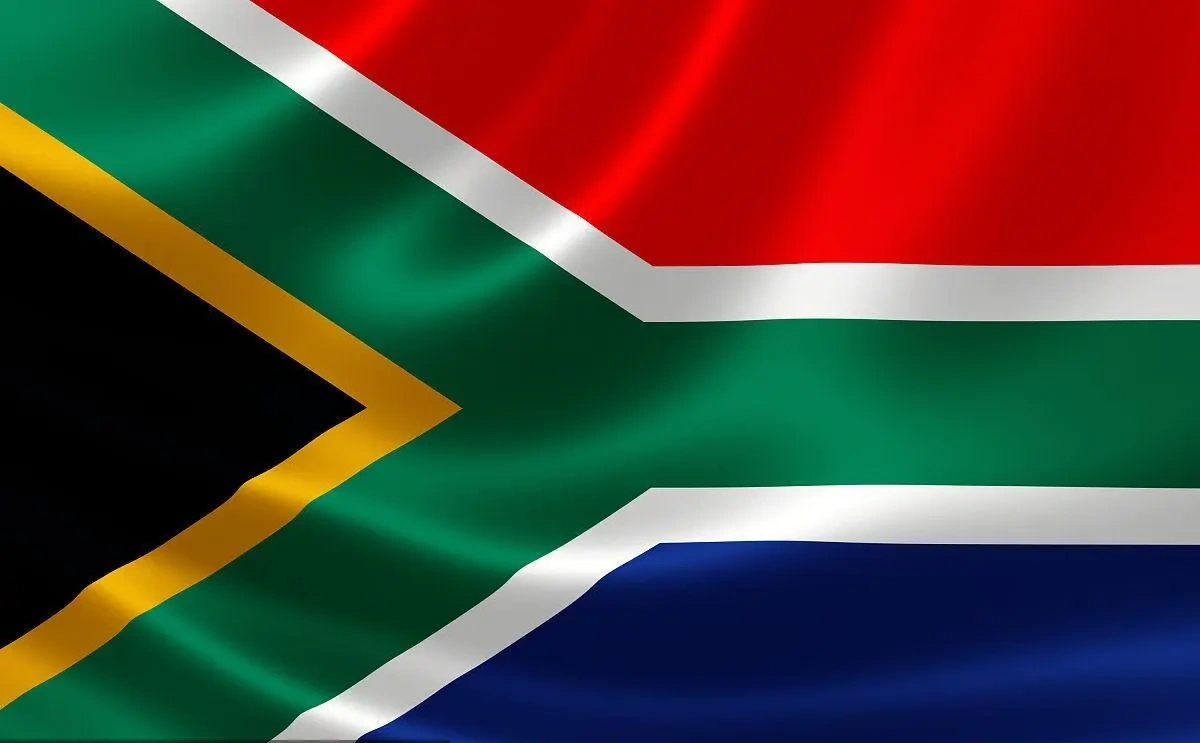Overview of Ethiopia

Ethiopia is located in northeastern Africa and is a landlocked country. It borders Djibouti and Somalia to the east, Sudan and South Sudan to the west, Kenya to the south, and Eritrea to the north. Ethiopia has a land area of 1.1 million square kilometers, with an average elevation of nearly 3000 meters, and is known as the "Roof of Africa".
The population of Ethiopia is about 120 million, and there are over 80 ethnic groups in the country, mainly including Oromo, Amhara, Tigray, Somali, and Sidamo. The residents believe in Ethiopian Orthodox, Islamic, Protestant, primitive religions, etc. Amharic is the working language of the federation, with English being the common language. The main ethnic languages include Oromo and Tigris.
Ethiopia's economy is mainly based on agriculture and animal husbandry, with a weak industrial foundation. Despite rapid economic growth in recent years, with a total economic output of 126.8 billion US dollars by 2024, its economic structure still relies on agriculture and animal husbandry. Ethiopia has abundant natural resources, including mineral resources such as gold, platinum, iron, copper, as well as abundant geothermal and water resources.
The capital of Ethiopia is Addis Ababa, with a population of over 5.46 million. This city is not only a political center, but also renowned for its unique geographical location and rich historical and cultural heritage. The average annual temperature in Addis Ababa is 16 ℃, and the average annual rainfall is 1237 millimeters.
Ethiopia's GDP for the whole year of 2024 will reach 205.1 billion US dollars, making it the fifth largest economy in Africa. According to data from the International Monetary Fund, Ethiopia's GDP for the full year of 2024 is projected to reach $205.1 billion, ranking fifth in Africa and 57th globally.
Ethiopia's economy mainly relies on agriculture, with agricultural added value accounting for 35.79% of GDP. Despite the government's efforts to promote exports, especially agricultural exports, foreign exchange shortages and trade deficits remain severe. The main export commodities include primary agricultural products such as coffee, oilseeds, and flowers. The main trading partners include China, India, Arab countries, etc.
In recent years, Ethiopia has undergone a series of economic reforms, including transitioning to a market-oriented foreign exchange system, allowing banks to buy and sell foreign currencies at freely negotiated exchange rates, lifting import restrictions, and relaxing foreign exchange management regulations. These reforms aim to increase foreign exchange supply, promote trade and investment.
Ethiopia has abundant natural resources, including gold, nickel ore, water resources, etc. However, the country has a weak industrial foundation and its economic structure is mainly based on agriculture and animal husbandry. Despite the government's infrastructure construction, such as building roads and dams, the national debt burden and rising cost of living remain major challenges.


